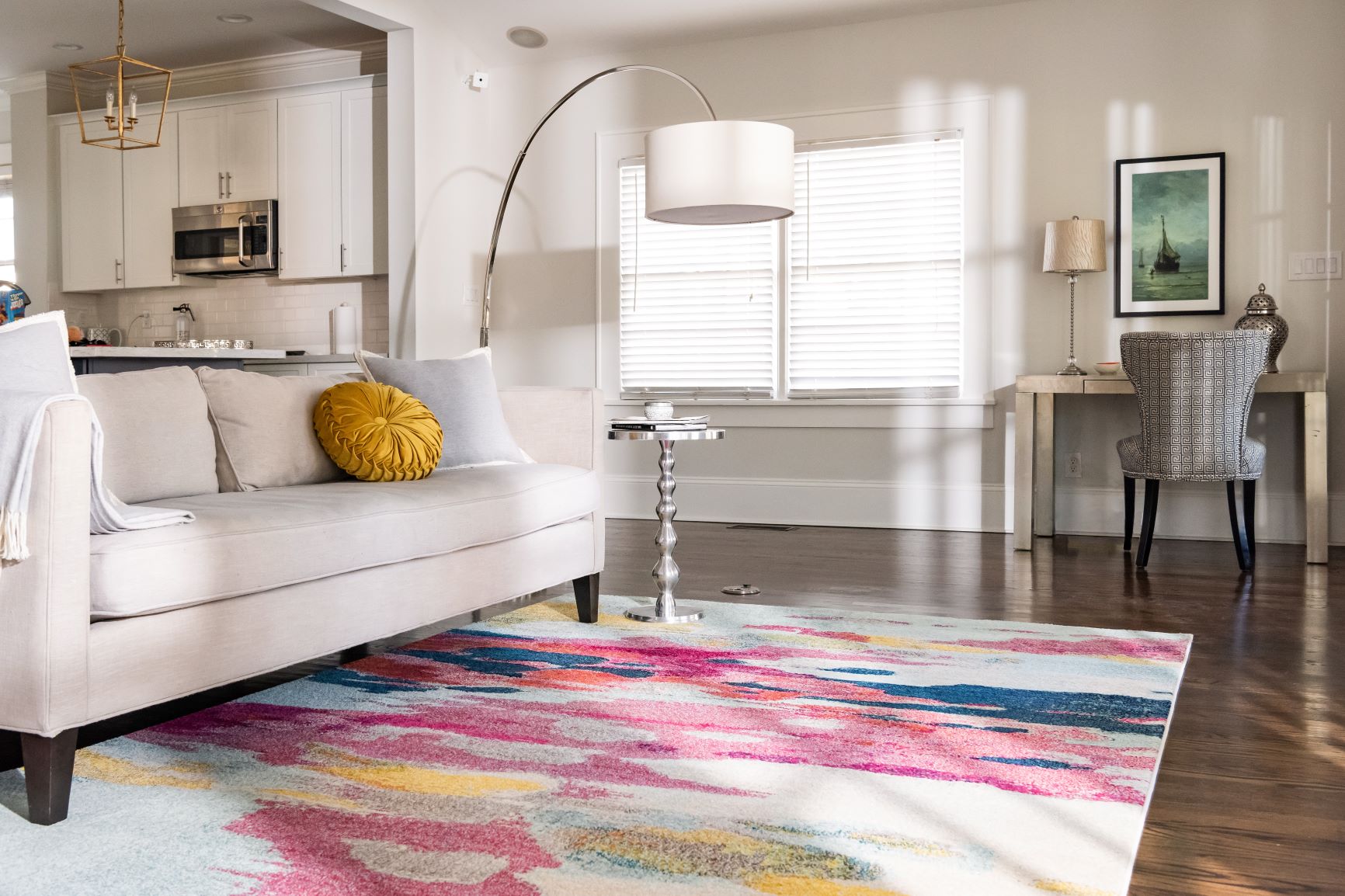Shopping for a rug online can be overwhelming. With thousands of styles to choose from, varying in color, design, size, material, pile height, and more, how do you know where to start? This guide has everything you need to help you find that perfect rug to pull your room together.
What to consider when choosing a rug
Ultimately, the decision of what rug you choose will depend on your personal preferences. Even so, there are a few terms you should be familiar with and some general guidelines you should follow to make sure that decision is an informed one.
Size
While rugs can come in all shapes and sizes, there are a few standard sizes when it comes to machine-made rugs. We go over most of these in our complete rug size guide, but if you want the highlights, 5’ x 8, 8’ x 10’ and 9’ x 12’ are the most common for area rugs. These are a good place to start when mapping out your décor. As a rule of thumb, you should buy the largest rug that will fit in your room while keeping about 18 inches of bare floor exposed around the edges. This means a room that measures 10’ x 12’ should have an 8’ x 10’ rug as a centerpiece. Choosing a larger rug will make the room appear bigger than it is.
Material
Rugs are made from a variety of natural and synthetic materials, each with their own pros and cons. Which material you choose will largely depend on your budget, with a few other considerations as well. Generally, wool is thought of as the most premium material for a rug and has a price tag to match. Synthetic materials like polypropylene can be had for much cheaper, though they will likely not last as long as a premium wool rug. Natural plant fibers like sisal are popular for both indoor and outdoor rugs, but you should avoid using jute outside. Jute is a natural fiber that is very absorbent, and prone to mold and dry rot when left outside.
Pile height
The soft fibers that stand up off the backing of the rug are also known as the “pile.” While high-pile rugs are generally softer and have a more interesting texture, they are also prone to showing wear and indentations from furniture. They also tend to be harder to clean. For high-traffic areas like a dining room or hallway, choose a low-pile rug, saving high-pile rugs for areas like bedrooms where comfort is a priority.
Color and design
The color and design of your rug will be largely up to you—there’s no real rules here. Generally, cooler colors like blues, greens, and greys will help create a soothing and sophisticated atmosphere while brighter colors can make the room look more exciting. Social media outlets like Instagram and Pinterest are great places to find inspiration and figure out what style you like. Don’t be afraid to go off the beaten path, either. Using traditional patterns in a modern home, for example, can create an exciting contrast that is very on-trend.
Choosing the right rug for each room
What rug you choose for each room of your home will largely depend on the size of that room, the traffic level, and your personal style. You should also consider the furniture you have in each room and bring that into consideration as well.
Living room rugs
As stated above, a larger rug will tend to make the room look bigger, which is great in a place like the living room. Just make sure to keep that 18 inches of exposed floor space! You should choose the largest rug possible while also considering furniture placement.
If your seating area fills the entire room, it’s recommended to position your furniture with the front two legs of each piece on the rug.
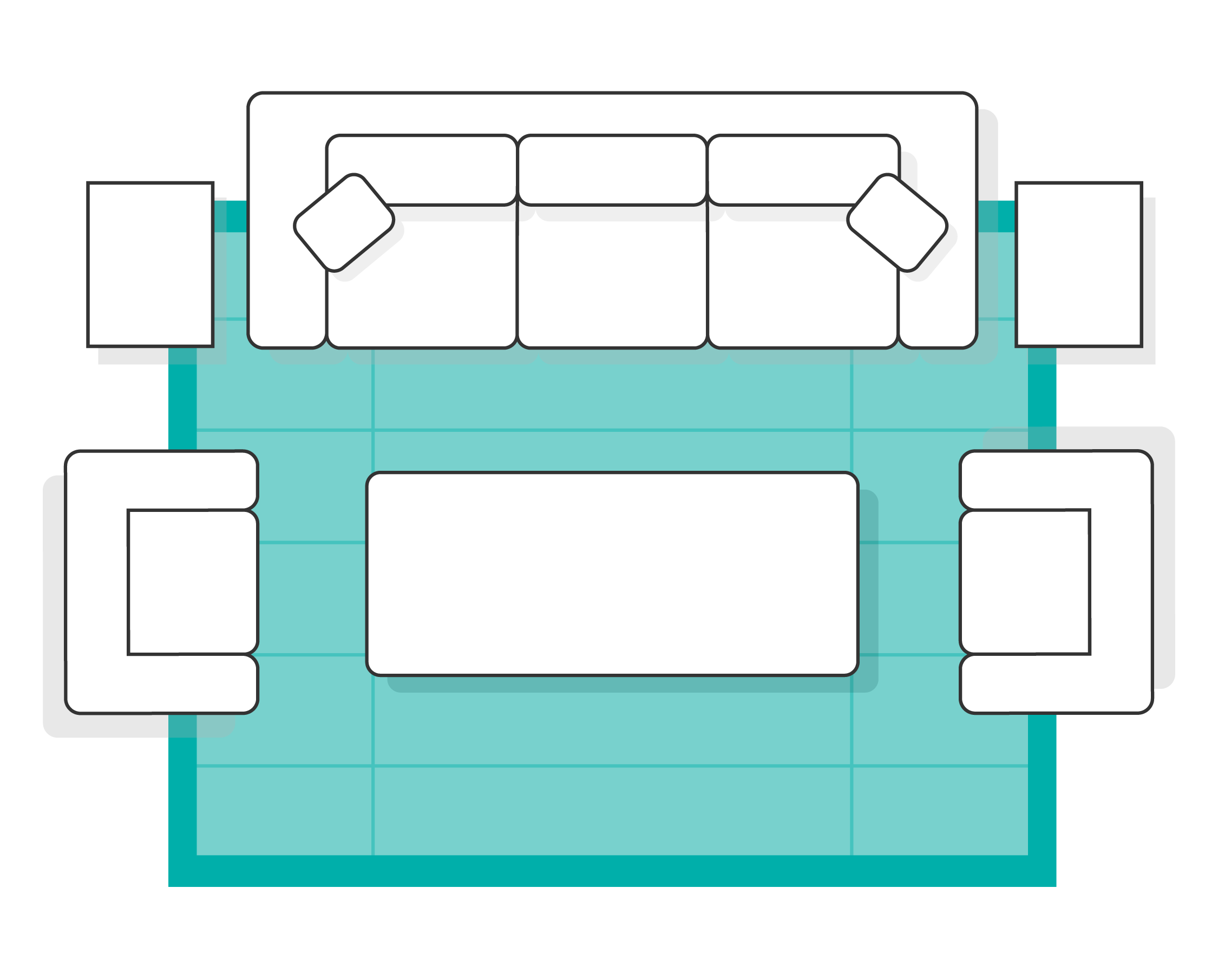
In an open floor plan or very large room, however, a “floating layout” with all legs of your furniture on the rug creates a frame that clearly defines the seating area.
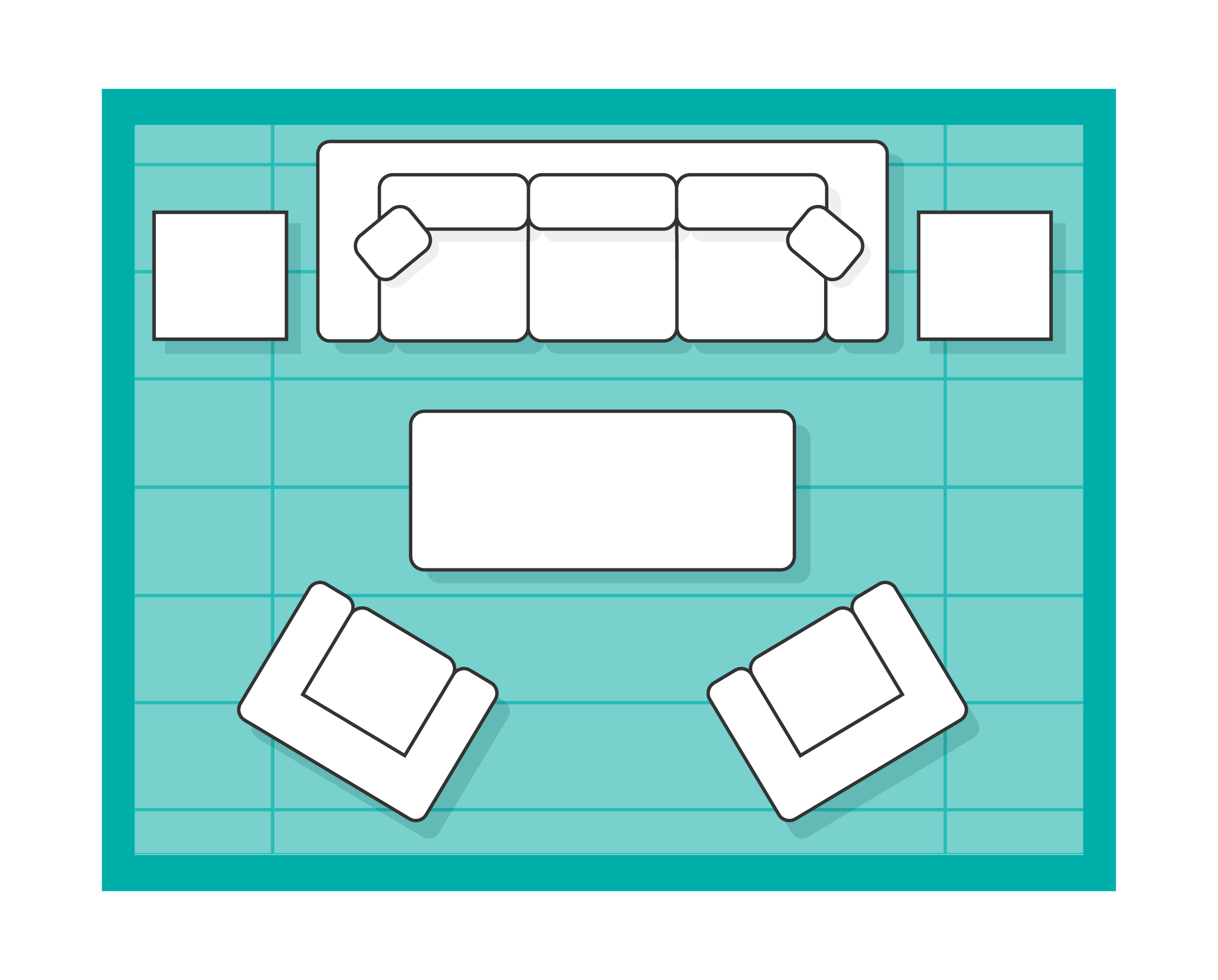
While comfort is a priority in the living room, it can have some of the highest traffic of any place in your home. Choosing a medium to low pile rug will save you the expense of cleaning or having to replace the rug when it inevitably wears out.
Dining room rugs
A dining room rug should follow the same basic sizing rules as a living room rug with special consideration given to the table and chairs. The legs of the chairs should comfortably fit on the rug, even when pulled out for people to sit down. This is a safety concern as well as a visual one—if the back legs come off the rug, your guests might tip over backwards!
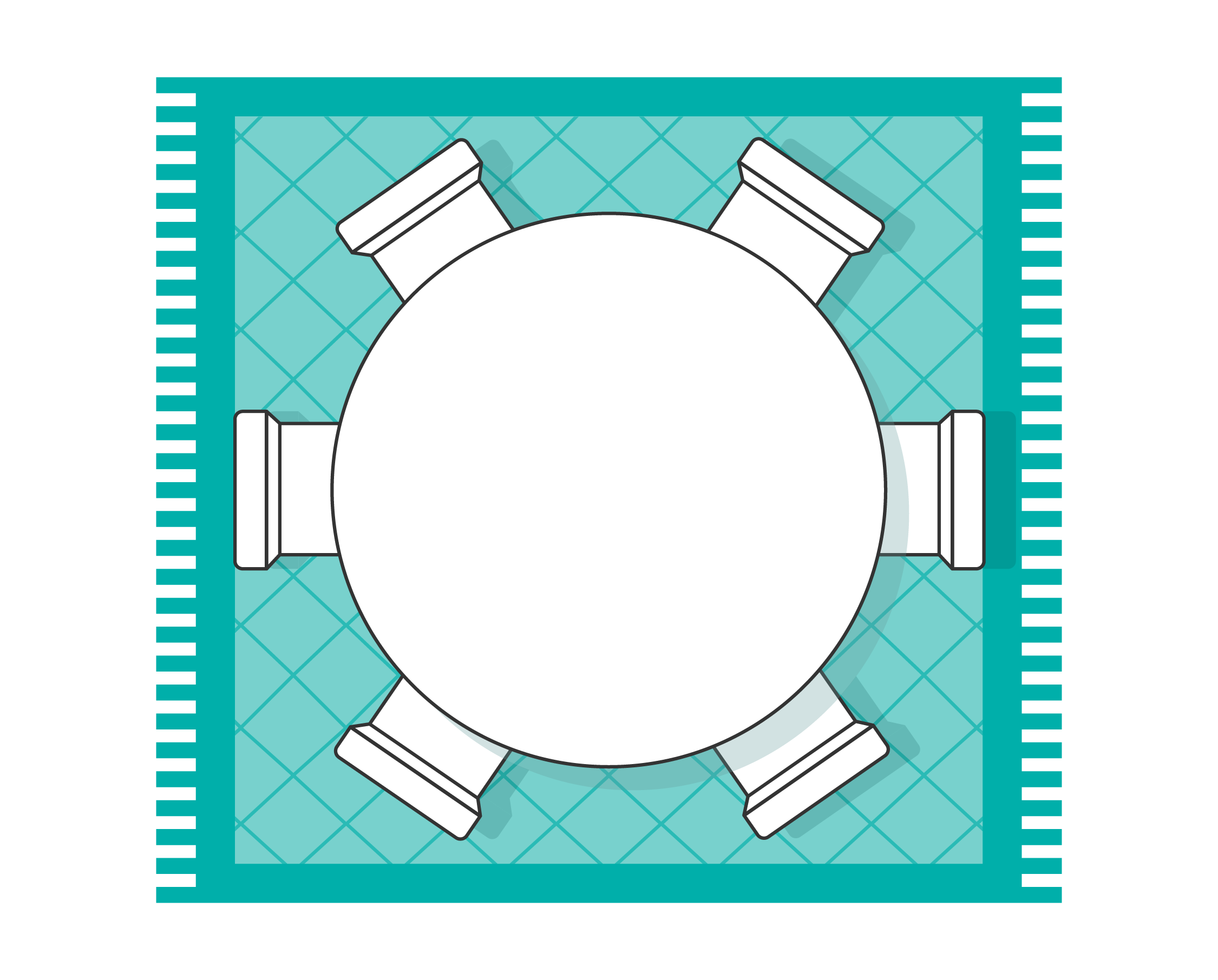
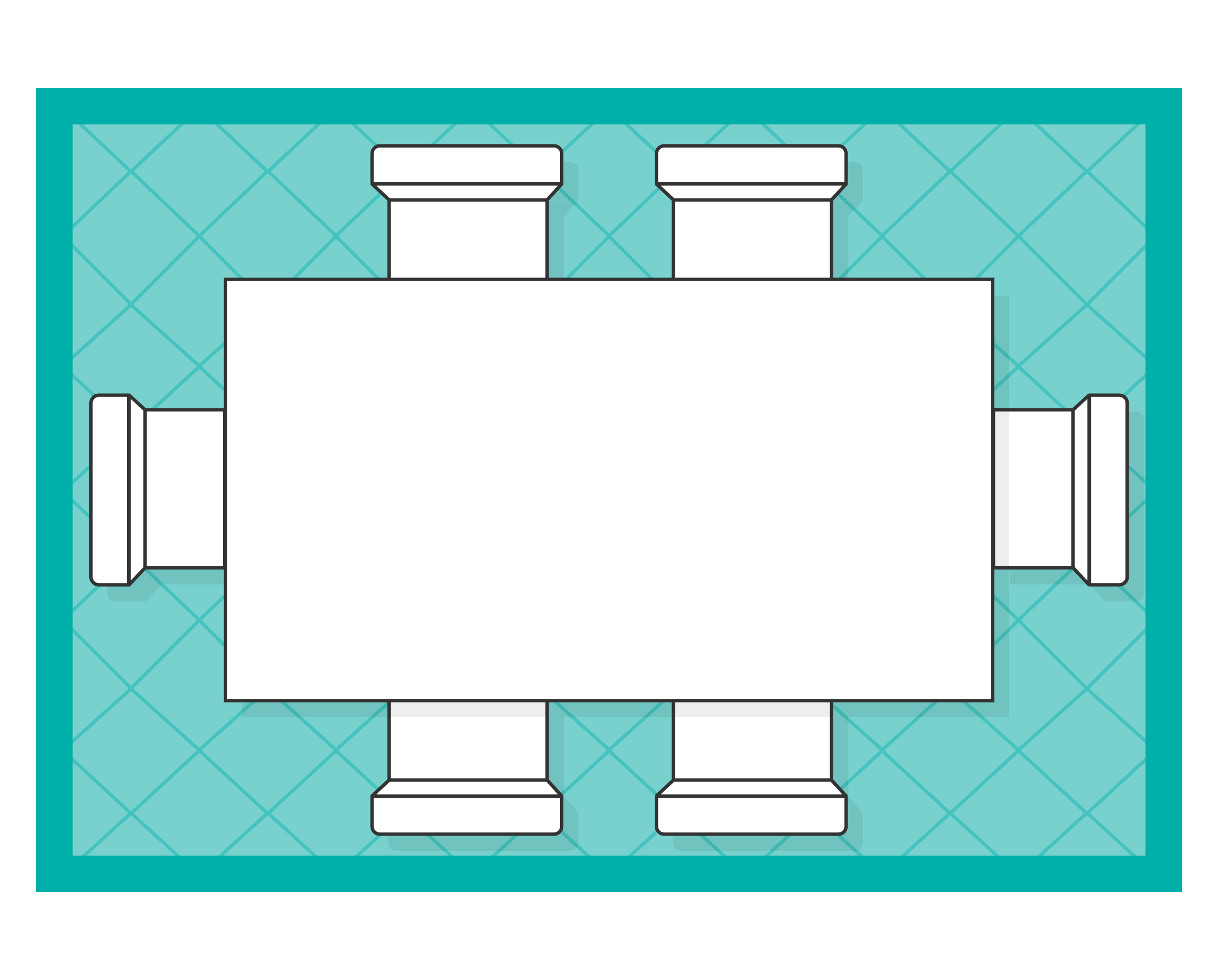
Because there’s often a lot of movement in a dining room, with lots of people moving chairs, getting up and down, and socializing, it’s a good idea to stick to a low-pile rug. This is not only safer but will also be easier to clean in case of any spills that come from a night of entertaining guests.
Bedroom rugs
There are three basic approaches to sizing a rug for a bedroom. Regardless of the one you take, you should follow these rules of thumb—the bed should be the focus and the rug should extend 18-24 inches beyond it. If your budget and room allow it, you can place all the legs of your bed and its accompanying furniture like nightstands or benches on a large rug.

More common, however, is to have the rug positioned perpendicular to the bed with 2/3 of it on and 1/3 off. This generally means you’ll need an 8’ x 10’ rug for a queen size bed and 9’ x 12’ for a king.
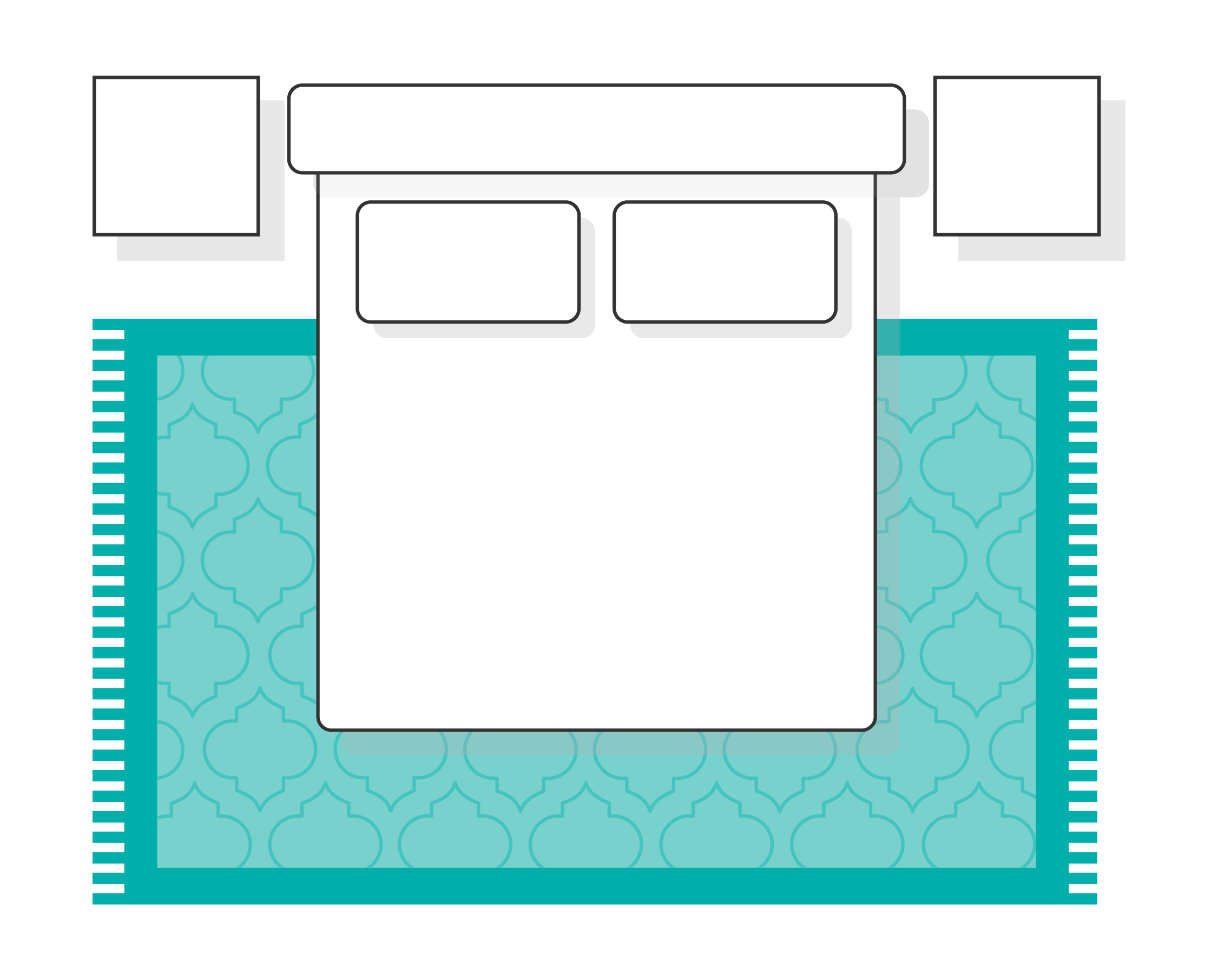
The last option is to put runners on each side of the bed. For this to look right, make sure the runners do not extend past the end of the bed and are slightly wider than your nightstands.
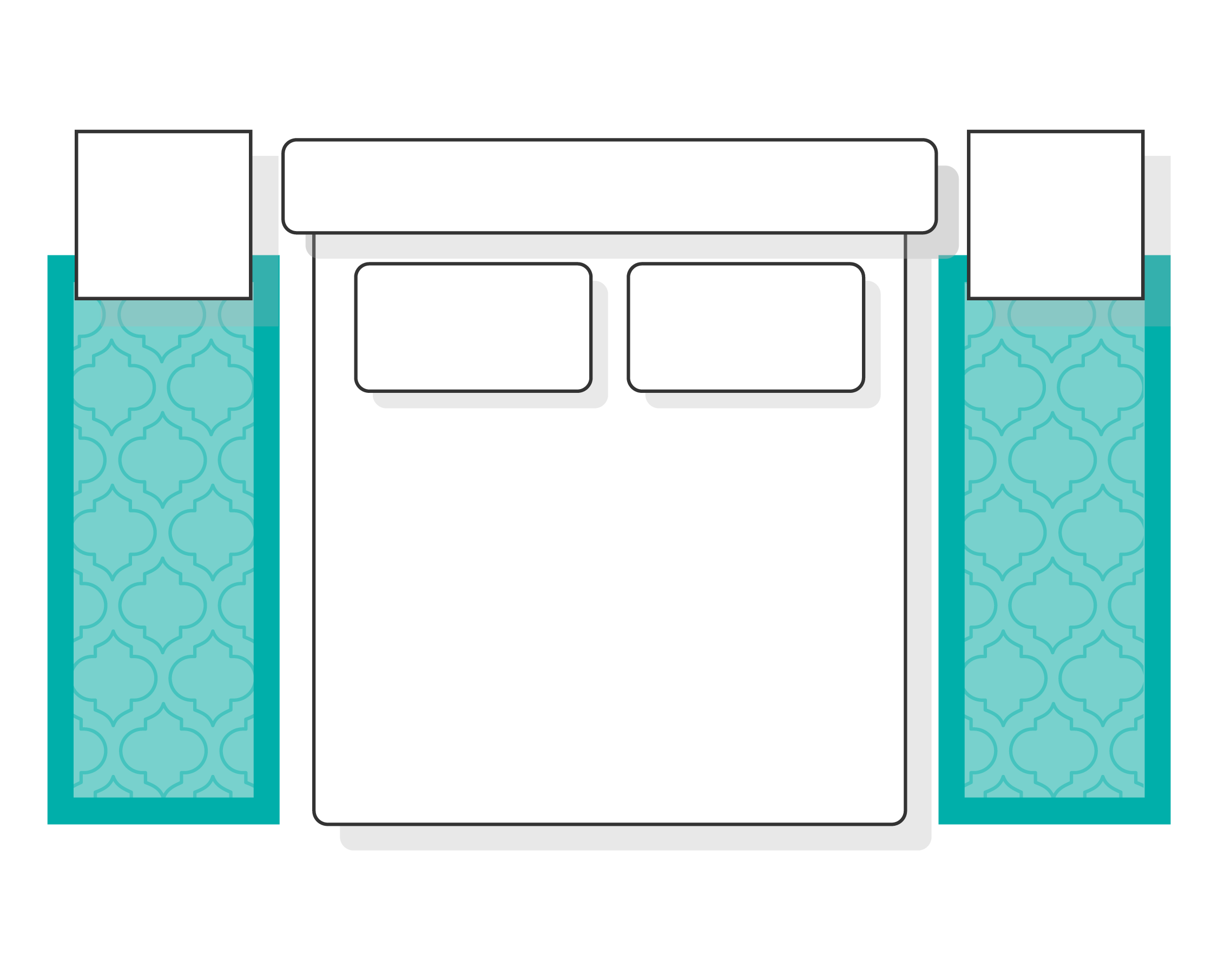
The bedroom is a place where comfort is king. Since it is a low-traffic area, feel free to pick up a luxurious high-pile or even shag rug. Make it cozy!
Outdoor and patio rugs
As far as sizing goes, patios can be thought of as outdoor living rooms. You’ll want to get the largest rug your space and budget allows and arrange any furniture in a similar way as you would inside.
Where outdoor rugs differ is in their materials and construction. Outdoor rugs will typically be flatweave, meaning they have no pile. This makes them extremely easy to clean and less likely to show wear—both important features when your rug will be exposed to the elements! While sisal is a popular natural fiber for outdoor rugs, jute should be avoided. Jute will absorb water, become discolored, and may even develop mold and dry rot.
Dorm room rugs
Because dorms tend to be multi-purpose, serving as living, sleeping and sometimes dining spaces for multiple people at once, dorm room rugs will have some special considerations.
Because of high traffic levels and the usually temporary nature of dorm life, students should prioritize easy cleaning and low costs. This usually means buying a low-pile machine-made rug. Any lack of softness can be easily made up with a quality felt rug pad.
What rug will you choose?
Ultimately, you should choose the rug that speaks most to you, but hopefully these tips will help you get started! If you have any other tips or examples of well-placed rugs, we’d love to hear about it in the comments or on our Instagram! And when you’re ready to buy your next rug, make sure to check out our huge online collection of area rugs for every room of your home.

